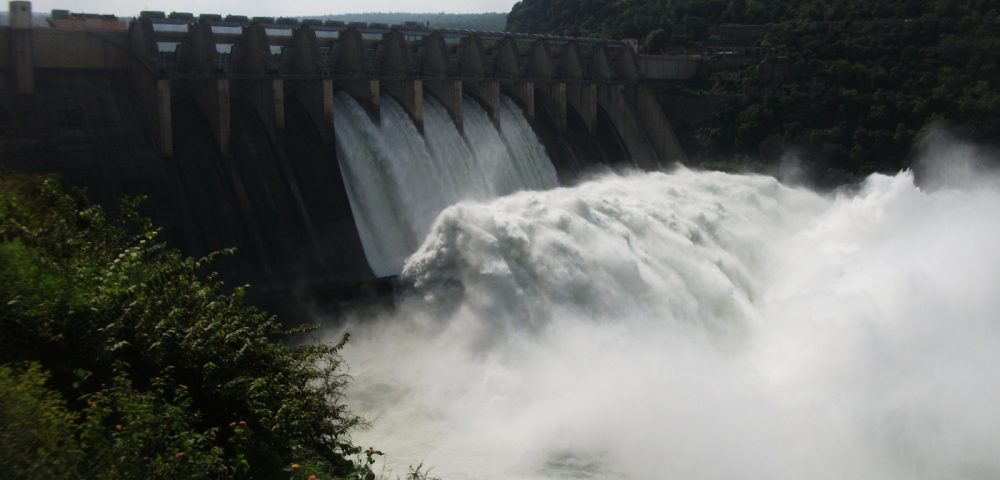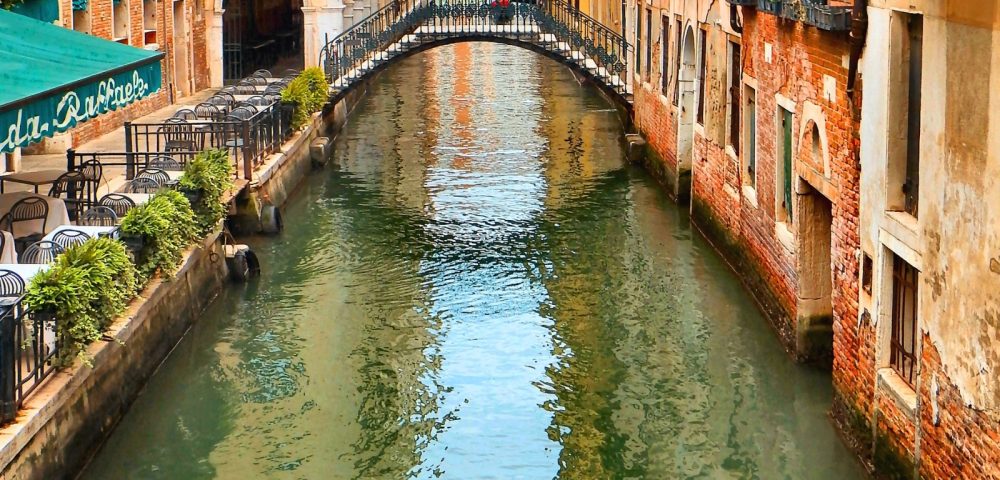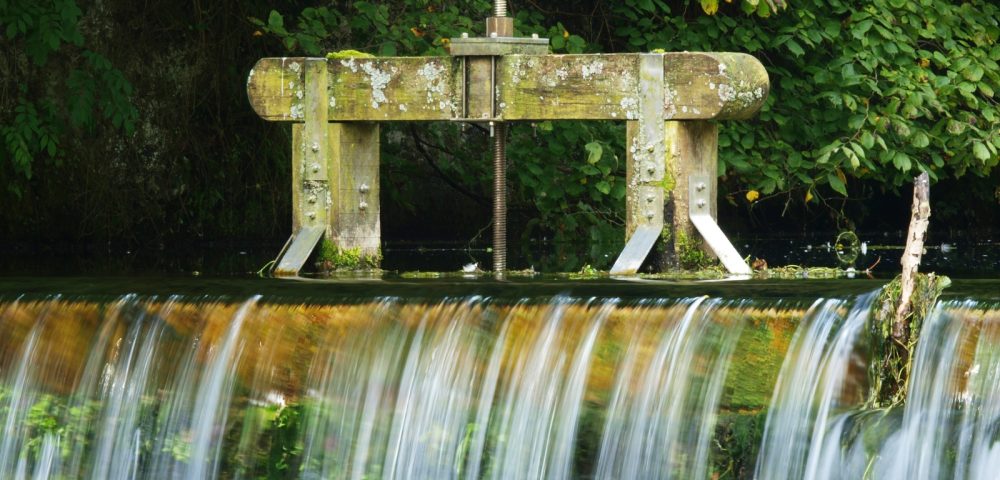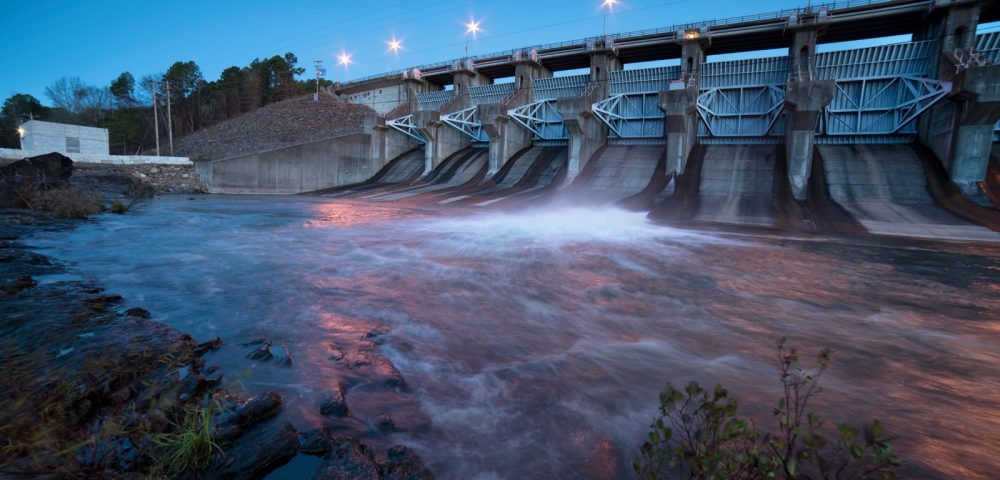When storms hit, and rivers rise, it is a relief to see our streets dry and fields fertile. It is indeed the hard work of municipalities and the relevant authorities. On the other hand, it is ‘strategy’ on point. Behind the scenes, water control structures channel, block, and release water with precision, keeping disasters at bay and life flowing. From massive concrete dams to simple yet ingenious check dams, each water control structure plays a vital, fascinating role. Do you know which type could save your city?
In this article, we walk you through the different types of water control structures in the infrastructure picture.
In this article, we walk you through the different types of water control structures in the infrastructure picture.
What are Water Control Structures?

These structures are there to manage and direct the flow, storage, and release of water in rivers, canals, and wetlands. They include dams, gates, weirs, and spillways that help regulate water levels, prevent floods, and support irrigation.
Engineers design them to balance human needs with nature while keeping ecosystems healthy and ensuring water stays available year-round.
Engineers design them to balance human needs with nature while keeping ecosystems healthy and ensuring water stays available year-round.
When is a Water Control Structure Important?

- A water control structure becomes important when people need to manage water for farming, prevent floods, or protect natural habitats.
- Farmers use it during dry seasons to keep crops watered, while cities depend on it to stop streets from flooding after heavy rain.
- When rivers rise too fast, these structures guide water safely away and reduce damage. Engineers also build them to store water for drinking and keep wetlands alive for wildlife.
- During storms or droughts, they help balance what people and nature need without wasting resources.
- Since the weather keeps changing, using these structures at the right time keeps everything working smoothly and protects communities and ecosystems together.
Different Types of Water Control Structures

Dams
Dams block or hold back water in rivers to create reservoirs, store water, and manage floods. People also use them to generate electricity by letting water spin turbines.
As we see, engineers build different kinds of dams to suit the land and water flow. For example, gravity dams use their weight to stay in place, while arch dams curve to push water sideways into strong canyon walls. Embankment dams use earth or rock piled up carefully to hold water.
These dams let people control water for farms, cities, and power plants while keeping floodwaters away when rivers rise fast.
As we see, engineers build different kinds of dams to suit the land and water flow. For example, gravity dams use their weight to stay in place, while arch dams curve to push water sideways into strong canyon walls. Embankment dams use earth or rock piled up carefully to hold water.
These dams let people control water for farms, cities, and power plants while keeping floodwaters away when rivers rise fast.
Weirs
Weirs look like low walls built across rivers to control water flow and measure how much water passes. Unlike tall dams, weirs let water flow over their top and keep levels steady upstream without forming deep reservoirs.
Farmers, engineers, and scientists like using weirs because they can see and calculate the flow accurately.
However, different shapes of weirs work for different needs. For example, sharp-crested weirs have thin edges that create a clean sheet of water. Broad-crested weirs have flat tops to slow water down, and ogee weirs curve gracefully to handle high flows. No matter what type, these weirs keep rivers manageable while helping track water precisely in changing conditions.
Farmers, engineers, and scientists like using weirs because they can see and calculate the flow accurately.
However, different shapes of weirs work for different needs. For example, sharp-crested weirs have thin edges that create a clean sheet of water. Broad-crested weirs have flat tops to slow water down, and ogee weirs curve gracefully to handle high flows. No matter what type, these weirs keep rivers manageable while helping track water precisely in changing conditions.
Canals and Canal Gates
Canals are in the picture to carry water from rivers, lakes, or reservoirs to fields, towns, or drainage systems. People dig canals to bring life to dry land by feeding irrigation systems or removing extra water from wet areas.
Along these canals, engineers install gates or sluices to control how much water enters or leaves. Farmers open or close gates depending on what crops need, while cities adjust them to avoid flooding streets. Sluices sit at intervals to direct water into smaller branches or stop it when not needed.
It is noticeable that canals and gates help guide water exactly where people need it, saving time and reducing waste.
Along these canals, engineers install gates or sluices to control how much water enters or leaves. Farmers open or close gates depending on what crops need, while cities adjust them to avoid flooding streets. Sluices sit at intervals to direct water into smaller branches or stop it when not needed.
It is noticeable that canals and gates help guide water exactly where people need it, saving time and reducing waste.
Spillways
Spillways let extra water escape safely from dams or reservoirs when water levels climb too high. When heavy rain or melting snow fills a reservoir too quickly, engineers open the spillway so water flows away in a controlled path instead of spilling randomly over the dam. This protects the dam and everything downstream.
Spillways come in different shapes to fit the land.
If you look closer, you can see that chute spillways send water down a steep, straight channel. Also, side channel spillways guide water to the side before releasing it. On the other hand, shaft spillways drop water into a vertical pipe. These infrastructures are good for preventing water from damaging the dam or flooding nearby areas.
Spillways come in different shapes to fit the land.
If you look closer, you can see that chute spillways send water down a steep, straight channel. Also, side channel spillways guide water to the side before releasing it. On the other hand, shaft spillways drop water into a vertical pipe. These infrastructures are good for preventing water from damaging the dam or flooding nearby areas.
Culverts
Culverts let water flow beneath roads, railways, or trails without cutting off natural streams. Builders create openings under these pathways so water can pass through freely while vehicles and people move safely above.
You can find culverts made from concrete, steel, or even plastic. They take many shapes, like box culverts with square sides, pipe culverts with round tubes, or arch culverts shaped like bridges.
Engineers pick materials and designs based on how much water flows and how heavy the traffic is above. Culverts keep streams connected, stop erosion at crossing points, and keep roads safe from washing away during heavy rains.
You can find culverts made from concrete, steel, or even plastic. They take many shapes, like box culverts with square sides, pipe culverts with round tubes, or arch culverts shaped like bridges.
Engineers pick materials and designs based on how much water flows and how heavy the traffic is above. Culverts keep streams connected, stop erosion at crossing points, and keep roads safe from washing away during heavy rains.
Floodgates and Tide Gates
Floodgates and tide gates stand guard in places where rivers meet the sea or lowlands face rising water. They close when water tries to rush back into rivers or wetlands during high tides or storms.
People use these gates to protect homes, farms, and roads that sit close to sea level. Floodgates are also open to let water out during low tides or heavy rain, keeping areas dry and safe.
It is built strong enough to resist waves and is easy enough to operate quickly when water rises. These gates help communities live safely along coasts and rivers without fear of sudden flooding.
People use these gates to protect homes, farms, and roads that sit close to sea level. Floodgates are also open to let water out during low tides or heavy rain, keeping areas dry and safe.
It is built strong enough to resist waves and is easy enough to operate quickly when water rises. These gates help communities live safely along coasts and rivers without fear of sudden flooding.
Check Dams and Detention Basins
Check dams and detention basins to slow water down and let it soak into the ground instead of rushing away. Farmers and engineers build small check dams on streams to trap soil, reduce erosion, and save water for dry times.
Plus, detention basins work like temporary ponds that fill up during storms and empty slowly later. They keep water from overflowing into streets or fields too fast. Together, these structures help recharge underground water supplies and protect the land from washing away.
People use them because they are simple, effective, and good for both water conservation and protecting the natural landscape around streams.
Plus, detention basins work like temporary ponds that fill up during storms and empty slowly later. They keep water from overflowing into streets or fields too fast. Together, these structures help recharge underground water supplies and protect the land from washing away.
People use them because they are simple, effective, and good for both water conservation and protecting the natural landscape around streams.
Fish Ladders and Ecological Passages
Fish ladders and ecological passages allow wildlife to move freely, even when humans build barriers like dams or weirs. Fish ladders create a series of small steps or pools so fish can swim upstream to lay eggs without getting blocked.
Ecological passages can include tunnels or bridges designed for other animals to cross safely while water flows. Engineers build these structures alongside water control projects to protect rivers’ natural life while managing water use. They show how people and nature can share the same space, letting fish, birds, and animals stay connected to their habitats while humans manage water responsibly.
Ecological passages can include tunnels or bridges designed for other animals to cross safely while water flows. Engineers build these structures alongside water control projects to protect rivers’ natural life while managing water use. They show how people and nature can share the same space, letting fish, birds, and animals stay connected to their habitats while humans manage water responsibly.
Which Water Structure Is Best for Water Control?

When choosing the best structure for water control, many experts recommend cofferdams because they deliver unmatched performance and versatility. They adapt to any landscape and weather while staying affordable since you can reuse them and fill them with on-site water.
Cofferdams also come in many sizes, making them fit almost any project. Workers trust their durable, puncture-resistant materials, which hold strong under pressure and allow safe walking during setup.
You can connect multiple cofferdams to create longer barriers, move them easily, and store them without hassle. They also respect nature, leaving little environmental impact, which makes them a smart, reliable choice.
Cofferdams also come in many sizes, making them fit almost any project. Workers trust their durable, puncture-resistant materials, which hold strong under pressure and allow safe walking during setup.
You can connect multiple cofferdams to create longer barriers, move them easily, and store them without hassle. They also respect nature, leaving little environmental impact, which makes them a smart, reliable choice.
Ensuring Any Type of Water Control Infrastructure Is Solid with New Technology

Your water control structures deserve more than routine inspections. This is where the Tigernix Smart Water Asset Software blends cutting-edge sensors with structural integrity analytics to uncover what you cannot see before it becomes a problem. Keep your dams, weirs, and spillways unshakeable with confidence. Discover how Tigernix technology transforms maintenance into mastery.







